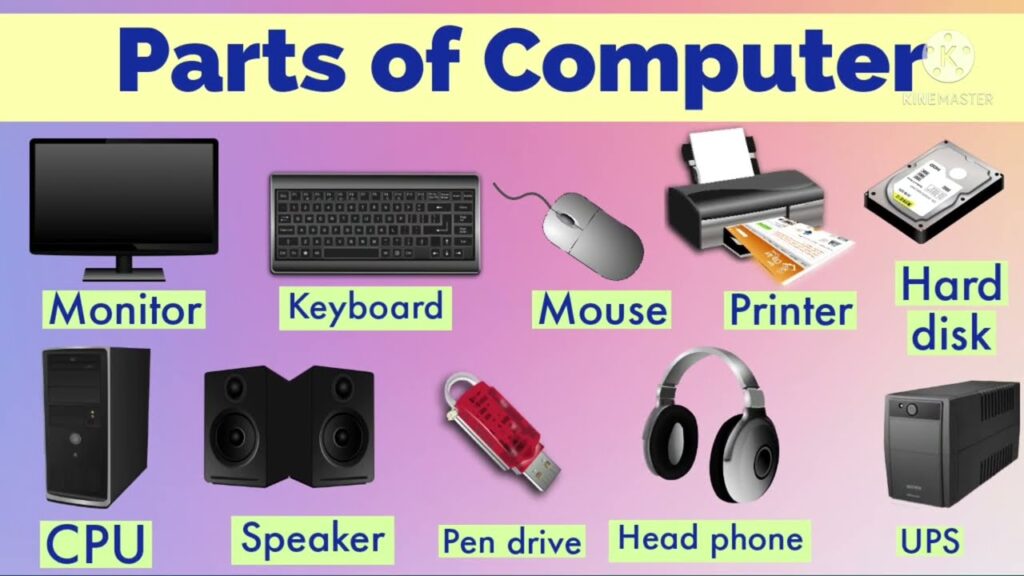Computers have become the backbone of modern life. From the smallest gadgets in our pockets to giant systems that run industries, computers exist in many forms. Each type of computer serves a unique purpose, depending on size, power, speed, and functionality. In this article, we will explore the 10 types of computer that have shaped technology. We will also touch on modern concepts like clouds computer, which has transformed how people store and access data today.
1. Supercomputer
Supercomputers are the most powerful computers in the world. They are designed for highly complex calculations and are mainly used for scientific research, weather forecasting, nuclear simulations, and space exploration.
- Features: Extremely fast, handle trillions of calculations per second.
- Example: IBM Summit, Fugaku.
2. Mainframe Computer
Mainframe computers are large and powerful systems used by big organizations like banks, airlines, and government agencies. They are known for their ability to handle thousands of users simultaneously.
- Features: High storage, multi-user capability, very reliable.
- Use Case: Transaction processing in banks, airline ticketing systems.
3. Minicomputer
Minicomputers are smaller than mainframes but still powerful enough to support multiple users at the same time. They are often used in universities, manufacturing industries, and small businesses.
- Features: Cost-effective compared to mainframes.
- Example: PDP-11, VAX.
4. Personal Computer (PC)
Personal computers are the most common type of computer, designed for individual use. They are used at home, schools, and offices. PCs come in various forms like desktops, laptops, and all-in-one systems.
- Features: Affordable, versatile, suitable for daily tasks like browsing, word processing, and gaming.
5. Laptop
Laptops are portable versions of personal computers. They have a compact design and built-in components such as a screen, keyboard, and battery.
- Features: Portability, wireless connectivity, energy-efficient.
- Use Case: Ideal for students, remote workers, and business travelers.
6. Tablet
Tablets are lightweight computers with a touchscreen interface. They are mainly used for browsing, media consumption, and light productivity tasks.
- Features: Touchscreen, portability, long battery life.
- Example: iPad, Samsung Galaxy Tab.
7. Workstation
Workstations are high-performance computers designed for professionals who need more power than a standard PC. They are commonly used in graphic design, 3D modeling, engineering, and software development.
- Features: Powerful processors, large memory, advanced graphics support.
8. Server
Servers are computers that provide services and resources to other computers connected in a network. They play a critical role in hosting websites, databases, and applications.
- Features: Always on, high storage, can manage thousands of requests.
- Use Case: Web hosting, email services, cloud computing.
9. Wearable Computer
Wearable computers are devices that can be worn on the body. They are designed to provide convenience, connectivity, and health tracking.
- Examples: Smartwatches, fitness bands, AR/VR headsets.
- Use Case: Health monitoring, communication, entertainment.
10. Hybrid and Embedded Computers
Embedded computers are systems built into other devices, such as washing machines, cars, and ATMs. Hybrid computers combine the features of both analog and digital computers.
- Features: Task-specific, reliable, efficient.
The Role of Clouds Computer in Modern Computing
While traditional computers are essential, the rise of clouds computer technology has revolutionized the way we use computing resources. Instead of relying solely on local hardware, users can now store data and run applications on the cloud.
Benefits of Clouds Computer:
- Accessibility: Data and software are accessible from anywhere in the world.
- Cost Efficiency: Reduces the need for expensive hardware.
- Scalability: Businesses can scale resources up or down as needed.
- Collaboration: Teams can work together in real-time across different locations.
Clouds computer services power platforms like Google Drive, Microsoft Azure, and Amazon Web Services (AWS). This means individuals and organizations don’t need to invest in massive infrastructures — the cloud does it all.
Conclusion
Computers come in many forms, each designed to serve specific needs. From supercomputers that handle complex research to wearable devices that fit on your wrist, the 10 types of computer show just how diverse this field is.
Additionally, the rise of clouds computer technology highlights the future of computing — flexible, accessible, and efficient. Whether you are a student, professional, or business owner, understanding these types helps you choose the right computer for your needs.

